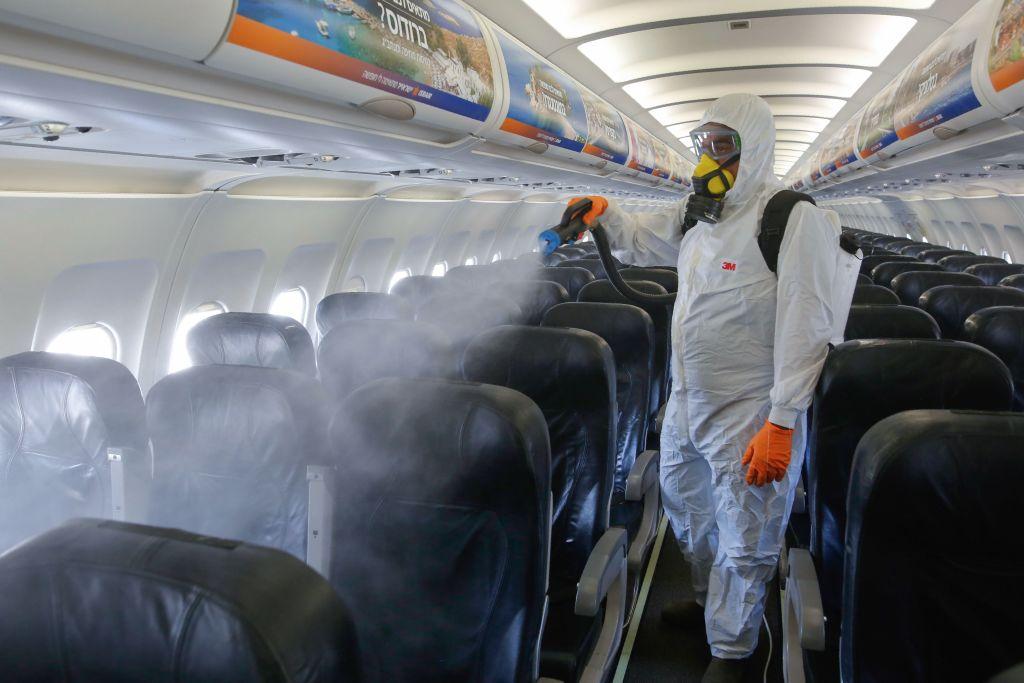Daily Memo: Cabin Technology Firms Sense Post-Pandemic Opportunities

Cabin and technology specialists believe the latest anti-viral solutions could reassure passengers as they gradually return to the skies following the coronavirus crisis.
They also know that cabin upgrades will represent expensive investments for airlines struggling to stay afloat.
With lockdowns, travel restrictions, rising infection rates and patchy vaccine rollouts all curbing a recovery in travel demand, hard-hit airlines see a long road to recovery ahead of them with passenger traffic not set to fully recover for several years.
In many cases carriers are being propped up financially by state aid to ensure their survival. Which means it will be difficult for them to find the cash to invest in new cabin features any time soon.
But airlines know they need to do all they can to set themselves apart from their competitors. Reassuring prospective passengers on the hygiene and safety of their flying environment is one way to do just that. Economic reality ordains that greater distancing between passengers onboard cannot be an option if airlines want to make up for some of the revenue they have missed out on over the past year.
Anti-viral technologies—such as HEPA filters which remove viruses, bacteria and fungi from cabin air before it is returned to the cabin—are nothing new and airlines and manufacturers have been at pains to point out the low risk of catching the coronavirus on board because of this cabin air filtration technology.
An Airbus study carried out in 2020 used three-dimensional computer simulation to understand potential particle propagation from a passenger. Based on Computational Fluid Dynamics (CFD), the study analyzed 50 million points inside the cabin. Researchers found that significantly fewer particles emitted by a passenger in an airliner cabin reached the breathing zone of other passengers compared with particles emitted in a typical commercial indoor space.
But manufacturers, researchers and suppliers have also been looking into what other innovative technologies can bring, in particular when it comes to assuring cabin surfaces are risk-free.
Boeing has developed a portable UV wand designed to sanitize aircraft interiors and is working with partners in academia on anti-microbial coatings and thermal disinfection for hard-to-clean and sensitive areas such as flight deck equipment.
German seat and cabin technology specialist Diehl Aviation believes the pandemic may prove a catalyst for the adoption of its own previously developed products, such as touchless features for onboard lavatories.
“There is a completely different mindset and awareness—with our customers the OEMs and also with the airlines,” Diehl product innovation SVP Helge Sachs said. “There is an increasing willingness to prepare for the cabin of the future, the new normal and what passengers will expect.”
Sachs believes it will still take a few years for these changes to be implemented in cabins. Diehl, while confident these cabin evolutions will be put into place even if it takes time, has also been looking into other areas of innovation—such as anti-microbial coatings and touchless solutions for luggage bins and window shades.
“We do see COVID-19 as a driver of innovation in these circumstances, and maybe even an accelerator for some products,” Sachs said.





